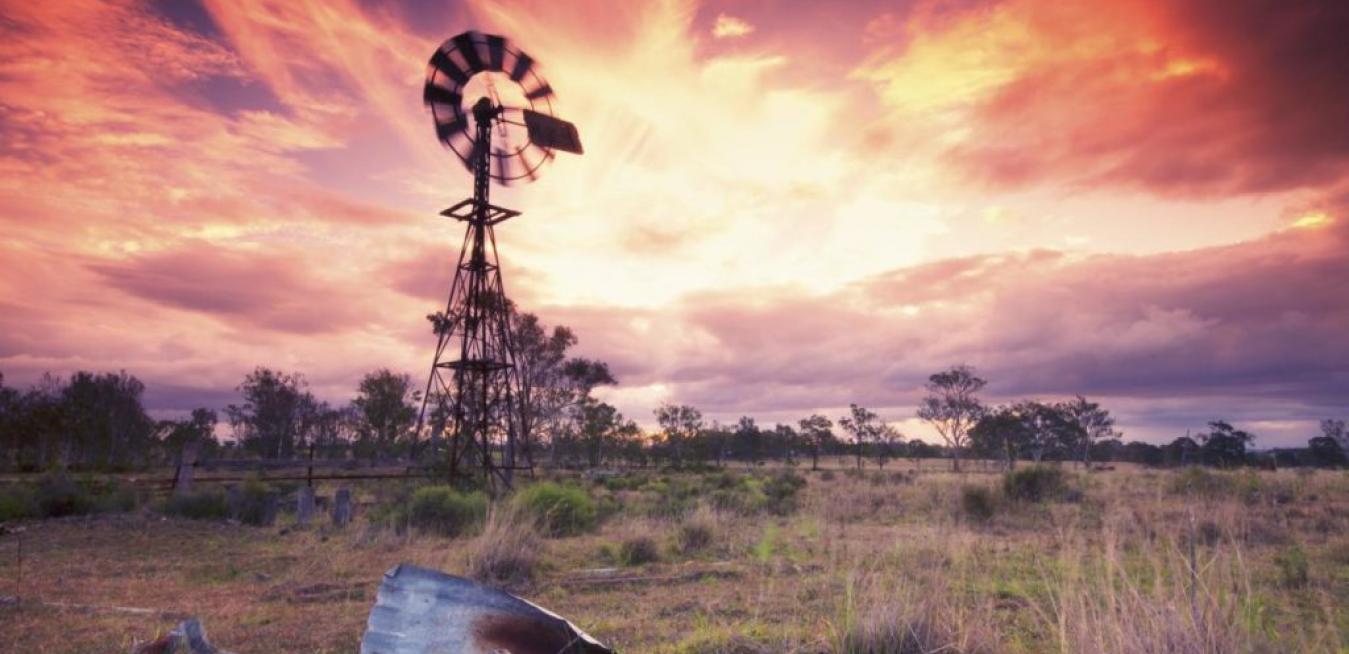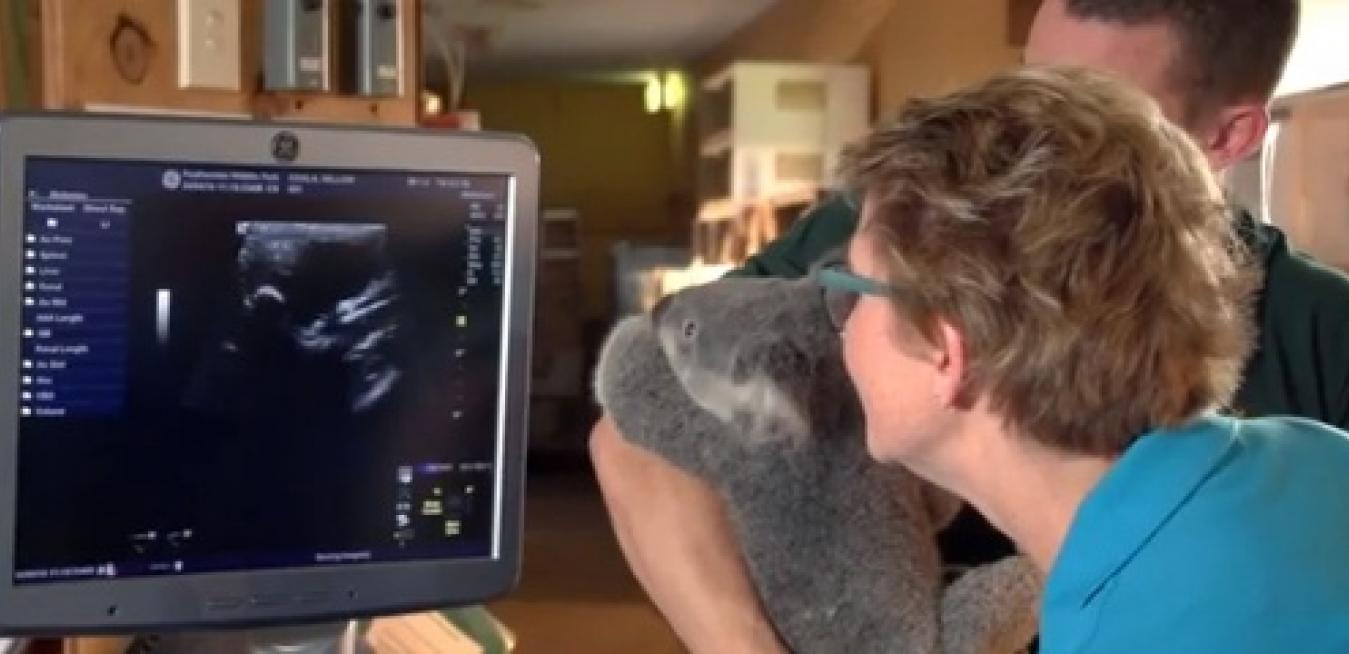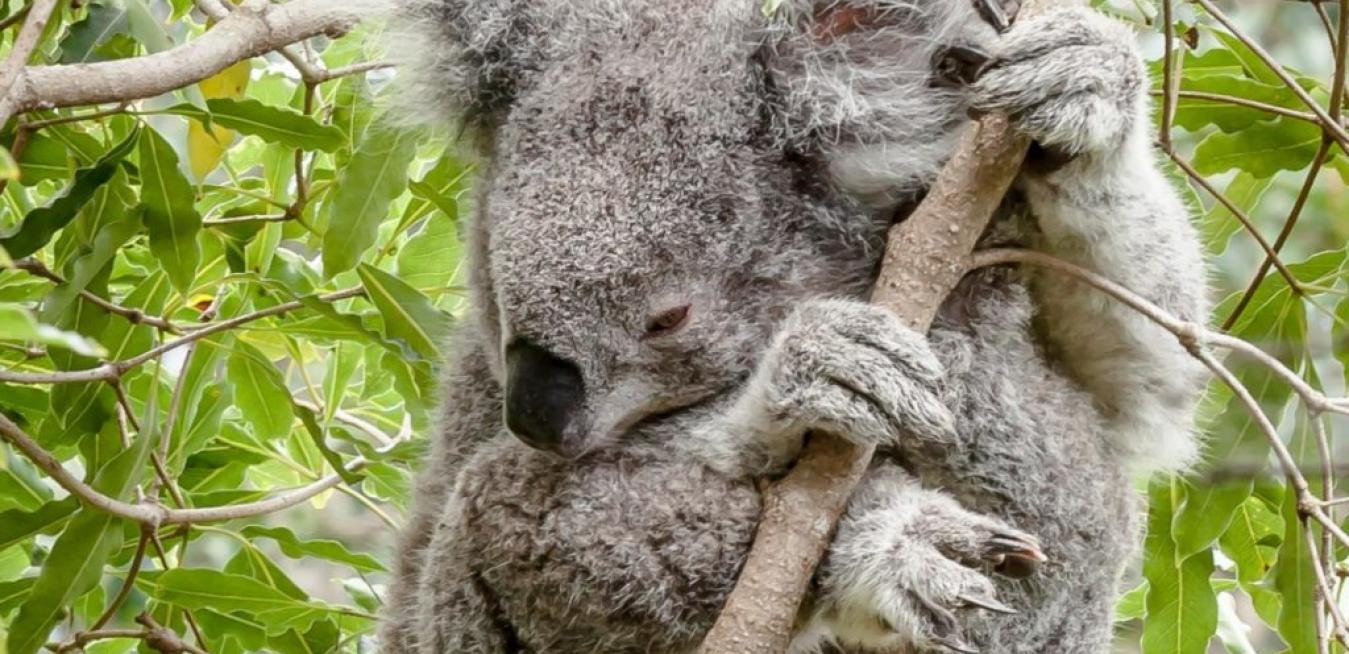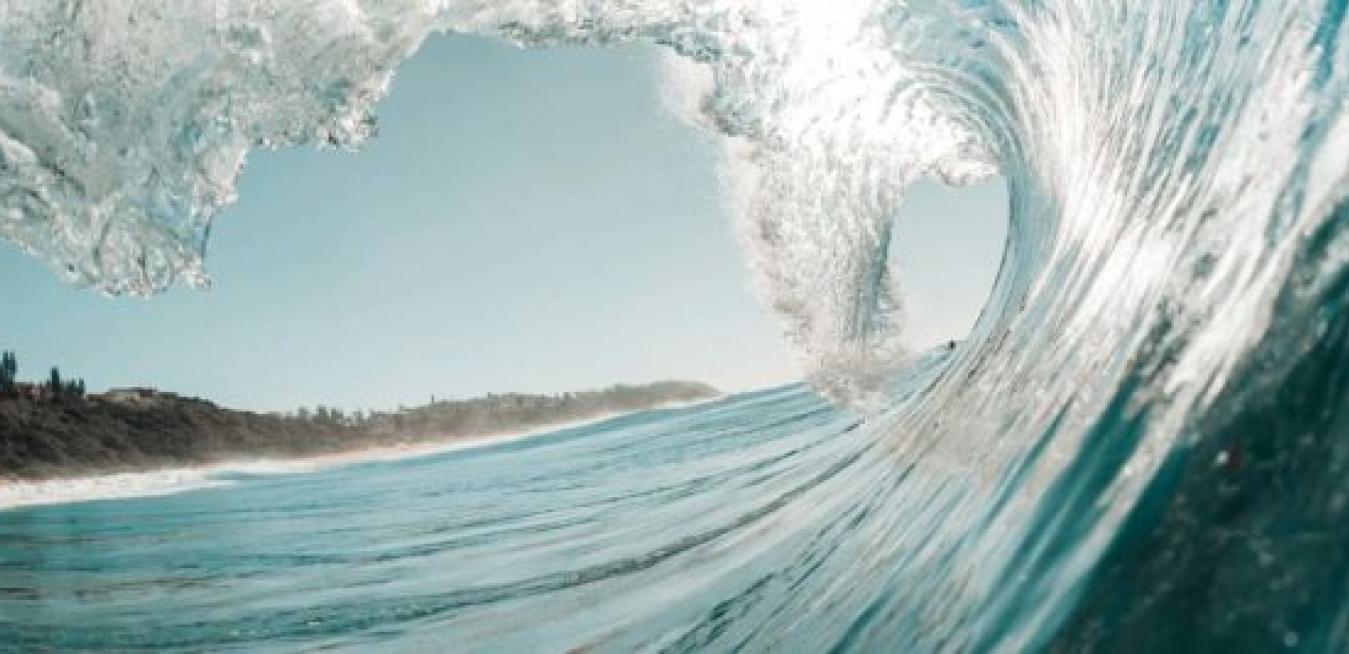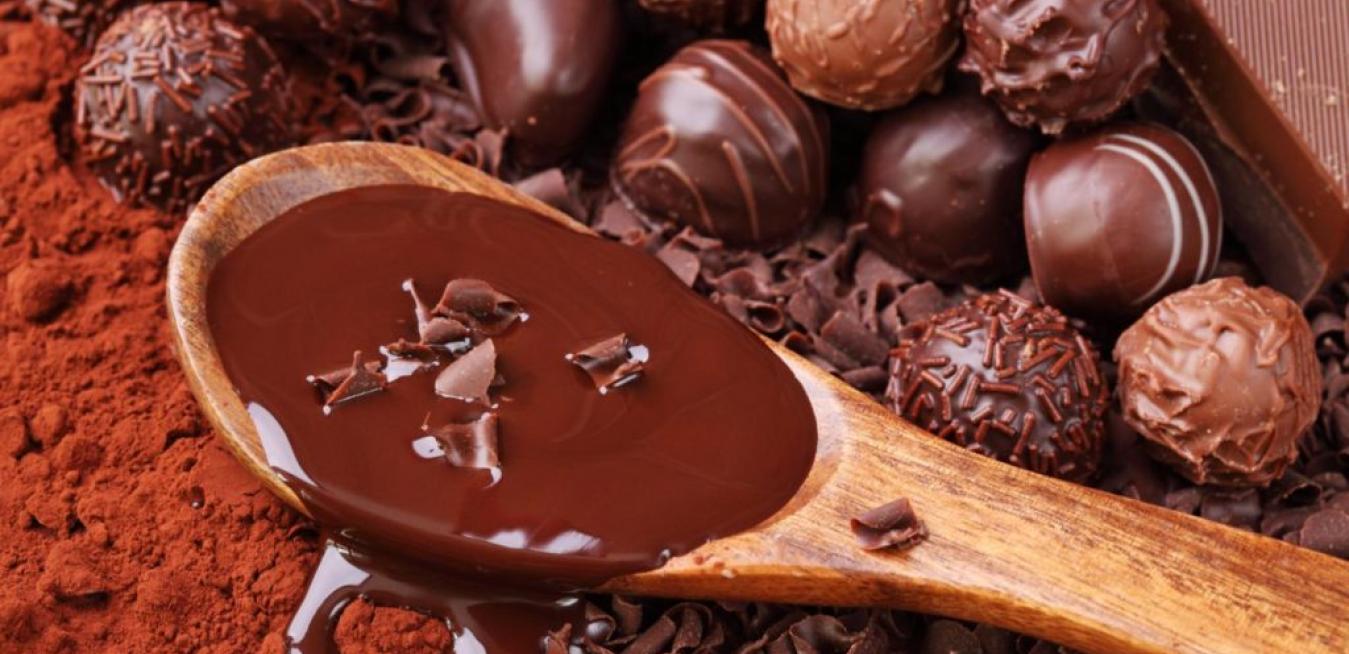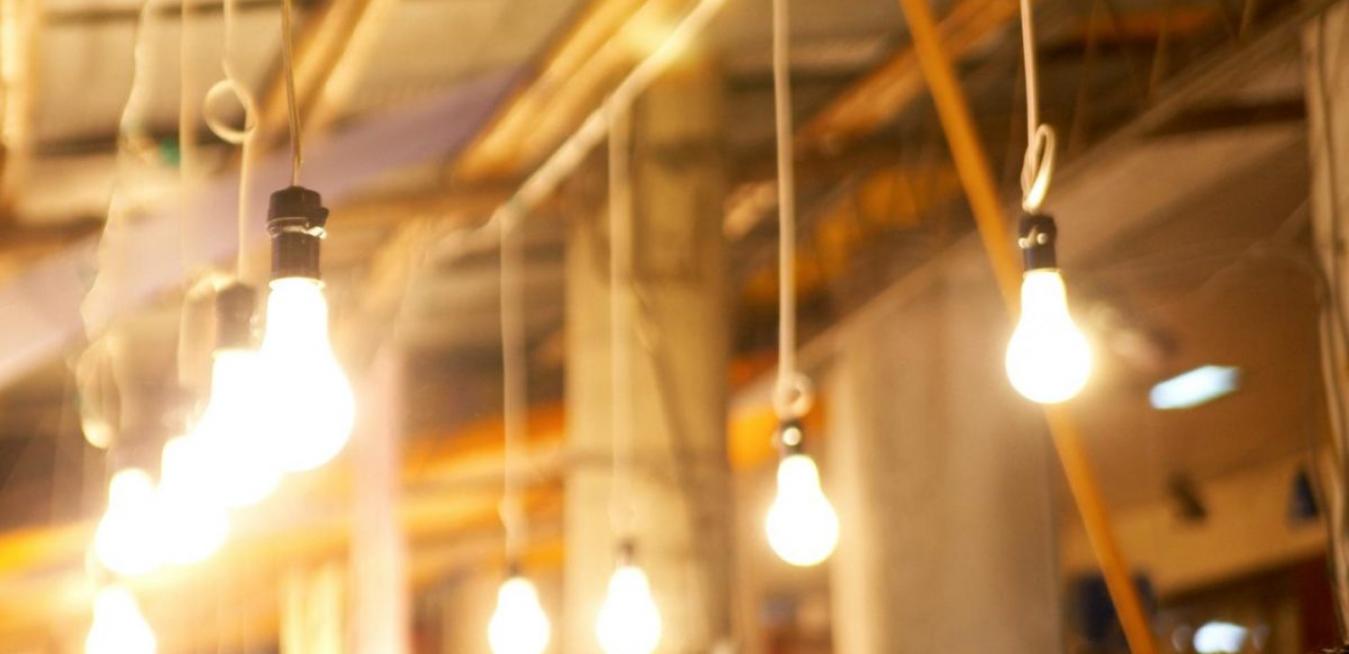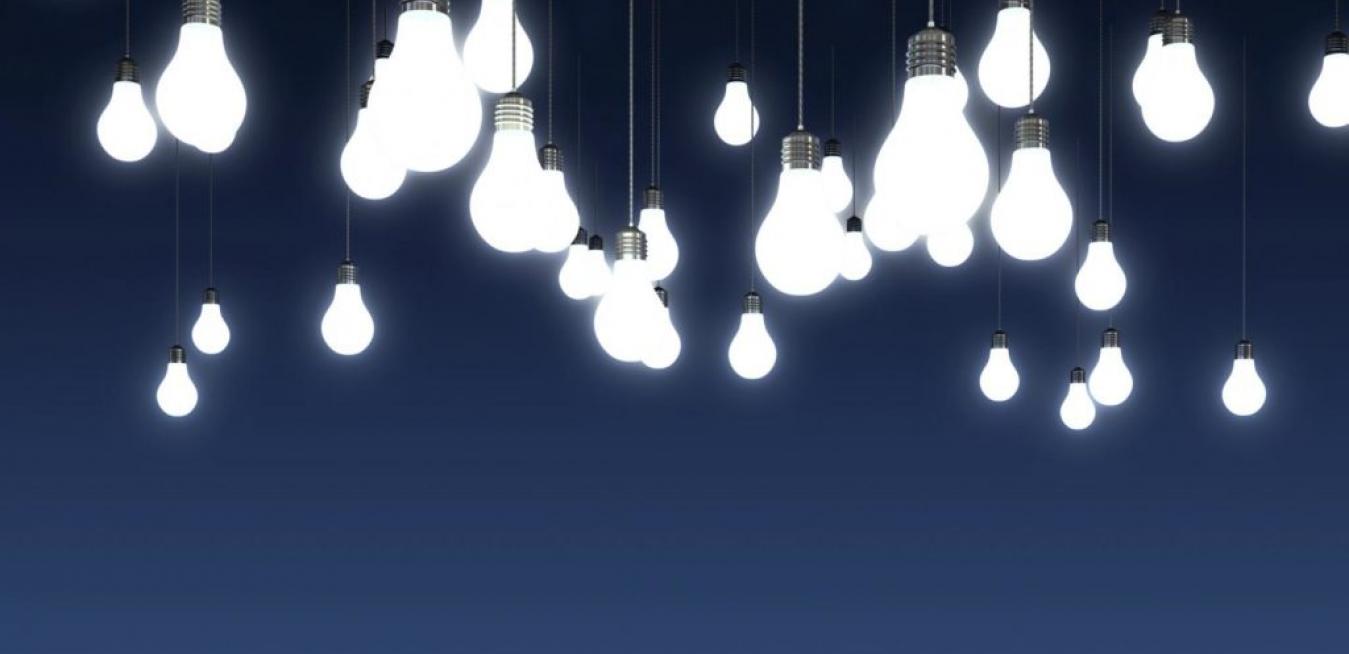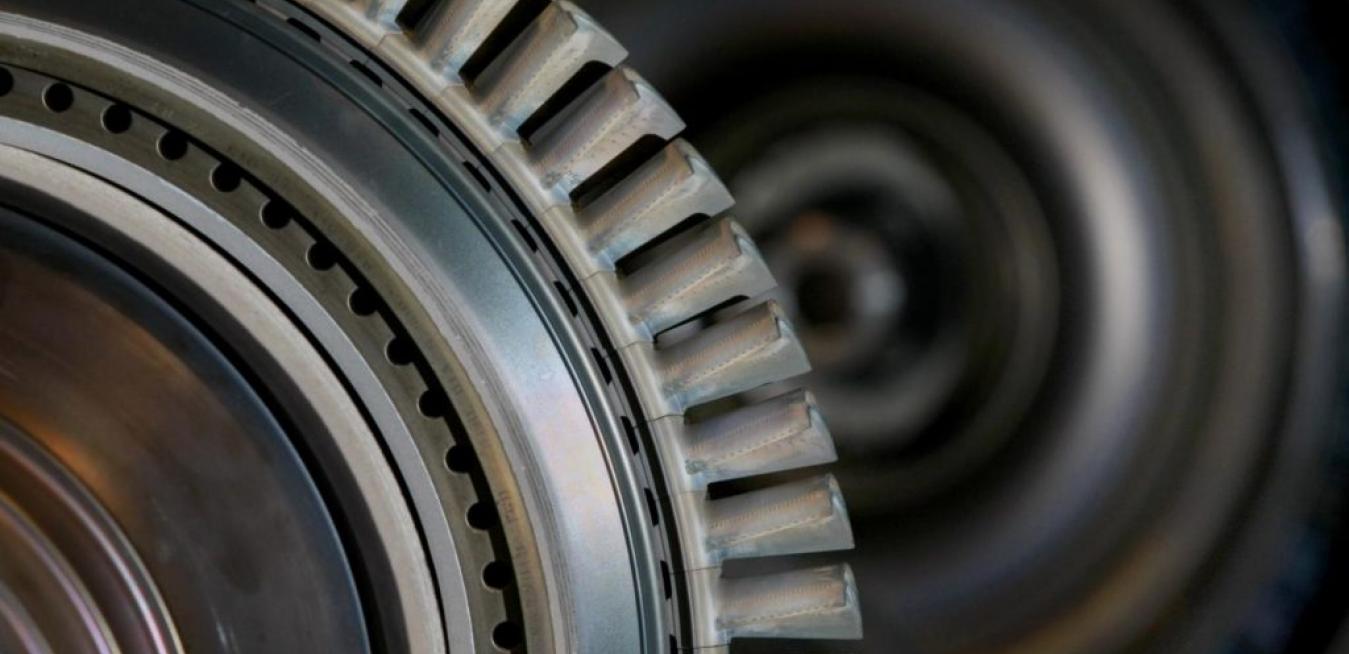News and insights from Australia and New Zealand
Nine bright green Jenbacher J620 gas engines will soon be snaking their way down the dusty roads to their new home at the Eurombah Creek Coal Seam Gas Processing Facility.
You’re an expert in Australia’s favourite animal, the koala. How did that happen?
From the flat dry plains around the town of Gunnedah to wildlife parks in suburban Sydney, there is one surprising disease putting our entire koala population at risk. Chlamydia, commonly known as a sexually transmitted human infection, is hitting our koala population hard.
Chlamydia poses such a threat to the koala population that vets, biologists, radiographers and curators around the country are working together to track down the causes and possible cures for the disease.
It’s a global trend as researchers are being asked to focus on outcomes at the beginning of their research journeys and how their discoveries will take the world forward rather than starting with a hypothesis and using the funding to test the hypothesis.
“Australia has fantastic opportunities to capture wave energy, because of the wind and the weather formations, and a huge coastline where most of the population lives.”
The basic recipe for chocolate is deceptively simple: cocoa, sugar and cocoa butter, with perhaps a touch of vanilla for good measure.
As a result, industries which would previously have drawn on electricity from the grid are increasingly opting to produce their own energy from a variety of fuels via reciprocating engines, gas turbines, fuel cells and wind turbines.
This approach is called Distributed Power.
Whether you live, work, or just dream about life in the ‘way-outback’ – access to a reliable source of electricity is critical to getting nearly anything done.
More than half a million Australians are based in remote areas. Some our most major industries, like mining, are also in places where our electricity poles and wires just don’t reach.
Powered by two of GE’s low-bypass turbofan F404-400 engines, the Royal Australian Air Force fleet of more than 70 Hornets have a top speed of Mach 1.8, or 2200 kilometres per hour.
Typically rotating at a constant 1000rpm, modern propeller blades are made from extremely light and hardy carbon-reinforced composite materials which withstand centrifugal loads, aerodynamic twisting and torque bending forces. Known for their reliability, these propellers operate over vast distances with minimal disruption thanks to excellent design and highly-skilled aircraft mechanical engineers such as Greg Johnstone and Dirk Pretorious.
